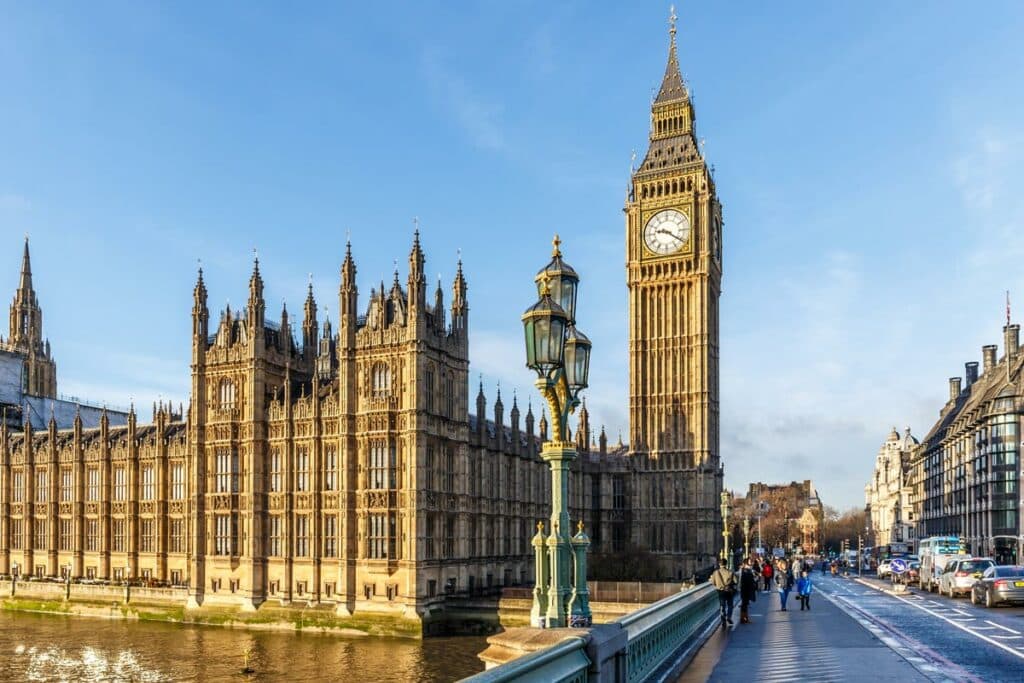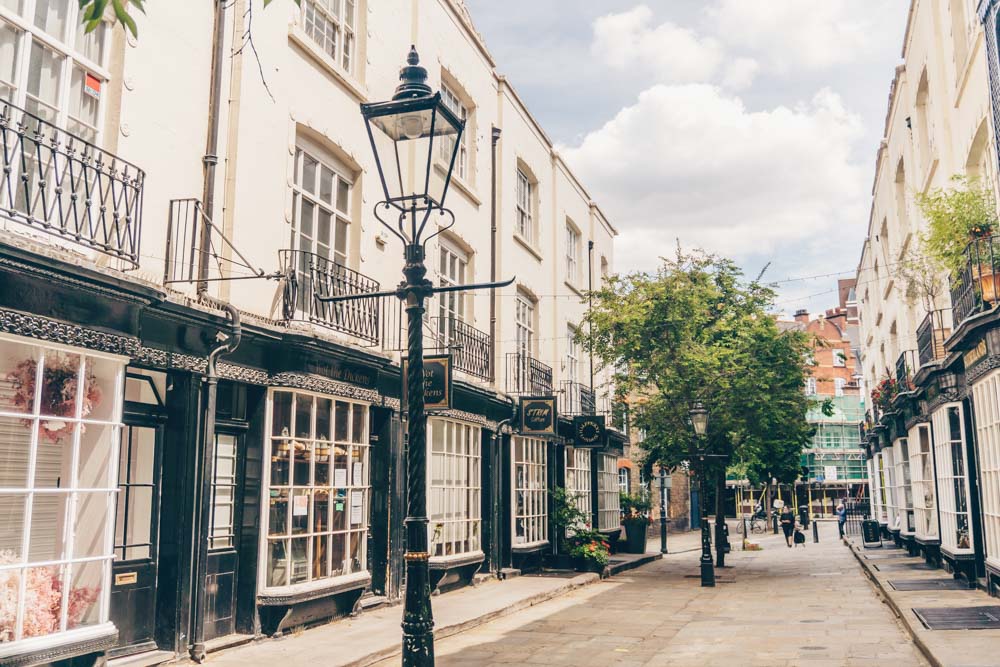Get ready to discover Westminster Abbey’s famous burials with this in-depth guide to the Abbey’s famous residents.
Words by John Rogers
It’s one of London’s most famous religious landmarks – home to royal weddings and coronations, and more solemnly it has played host to funerals of the greats of British history. For many, Westminster Abbey remains their final resting place.
From the time of Edward the Confessor, who died in 1066, to George II’s death in 1760, the vast majority of monarchs were laid to rest within the confines of the Abbey. Meanwhile, the famed Poets’ Corner in the Abbey’s South Transept grew around Geoffrey Chaucer’s grave, which was interred in 1400.
With such great names buried in appropriately magnificent and regal surroundings, here’s our guide to some of the most famous burials in Westminster Abbey.
Westminster Abbey Burials: A Who’s Who of Westminster Abbey’s Most Famous Inhabitants
Edward The Confessor
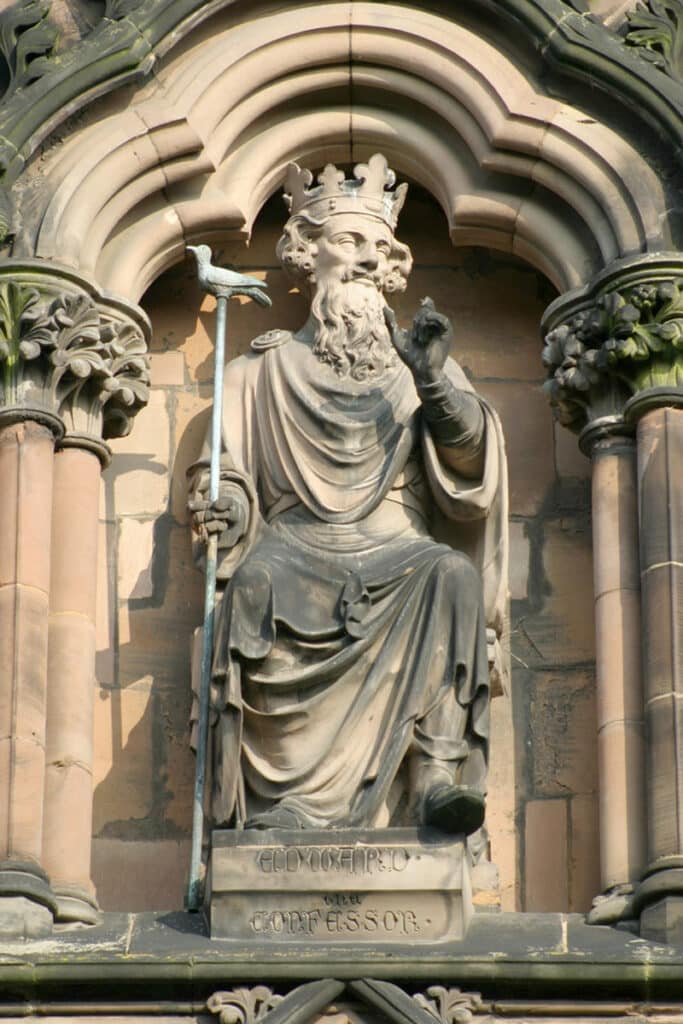
Let’s begin with the man that kicked off the trend of being interred in Westminster Abbey. Edward the Confessor was one of Anglo-Saxon England’s last kings and started the building of Westminster Abbey during his reign between 1042 and 1066.
His death shortly before the Norman invasion came after a 24-year reign that almost matched the period he spent exiled before his coronation. Edward became the first Anglo-Saxon and only English monarch to be canonised 95 years after his death.
Anne of Cleves
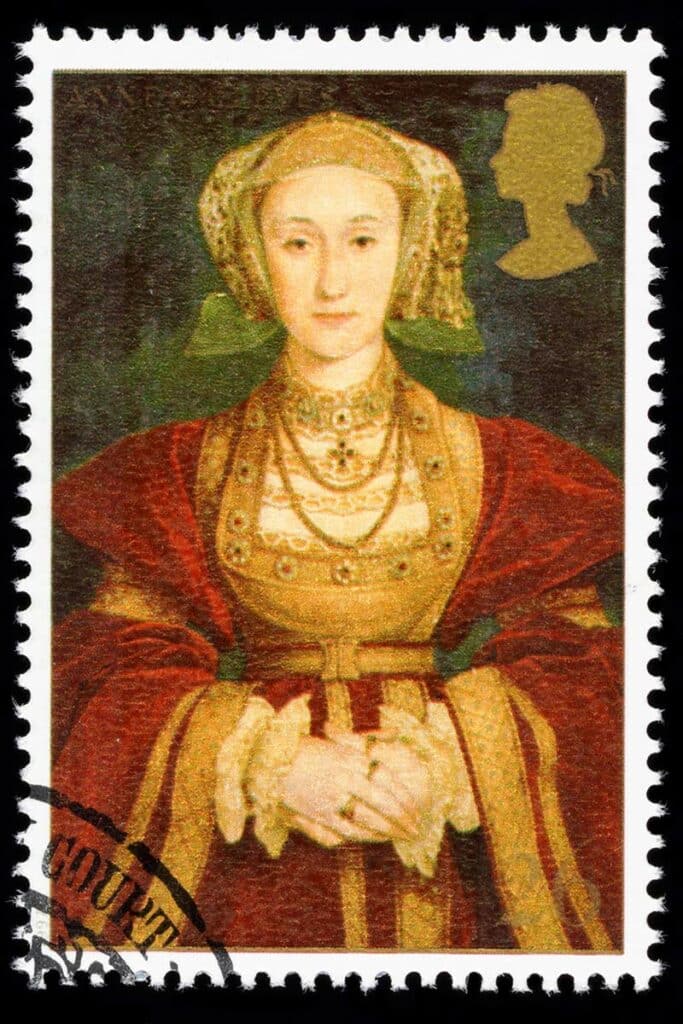
The fourth wife of Henry VIII, and one of the lucky few to survive her husband, to whom she was married for only six months before the annulment of the marriage. Born in Dusseldorf, Anne married Henry in 1540, passing away after outliving his other wives.
Anne became known as “the King’s Beloved Sister” following the end of her marriage and, after she died in 1557, became the only of Henry’s wives to be honoured with a burial in the Abbey.
Mary Queen of Scots
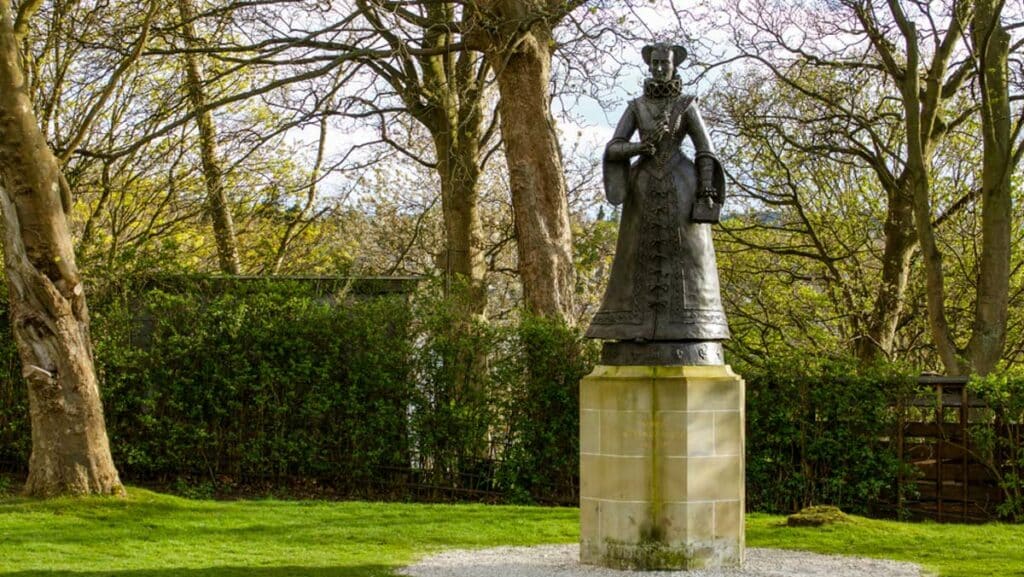
Mary Queen of Scots ascended to the Scottish throne following the death of James V of Scotland in 1542 when she was only six days of age. She reigned for 25 years until she forcibly abdicated and fled to England, seeking the protection of her cousin, Elizabeth I of England.
Initially imprisoned at several English castles and prisons before being convicted in 1587 of a plot to assassinate Elizabeth, she was beheaded and originally buried at Fotheringhay Castle.
Her body was exhumed under the orders of King James I (James VI of Scotland) and reinterred opposite the tomb of Elizabeth in 1612.
Elizabeth I
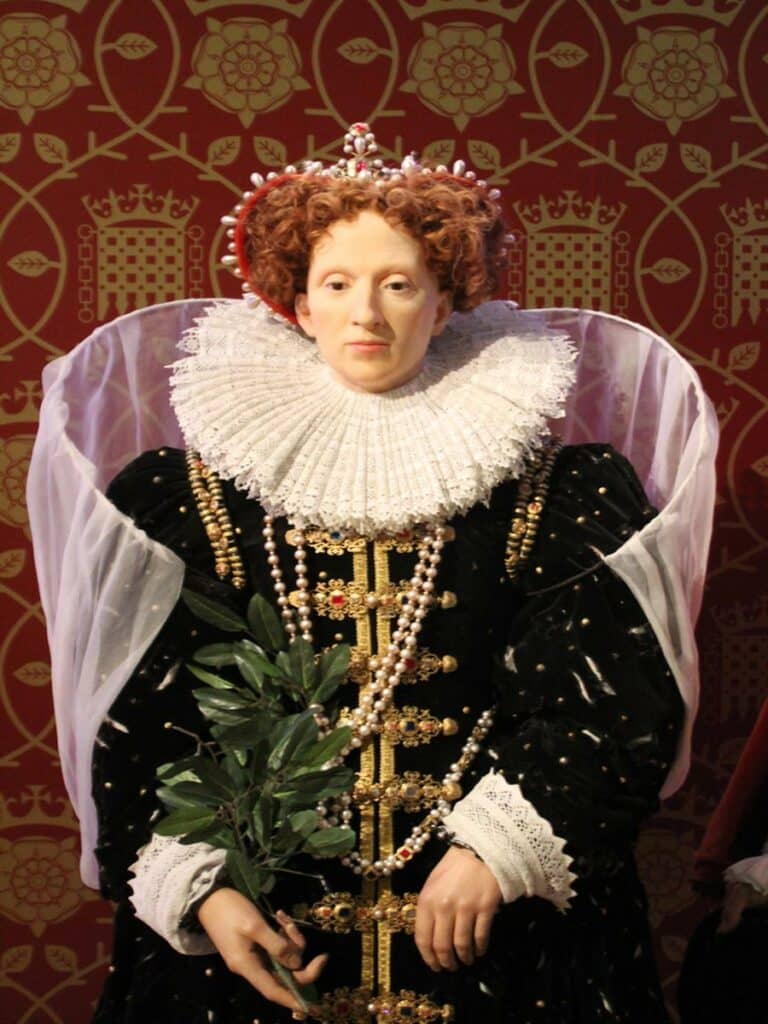
On which note, Elizabeth continued the Tudor dynasty following the reign of Mary I, her half-sister, in 1558 and went on to rule until she died in 1603.
The Elizabethan age was one of culture, with the likes of Shakespeare proliferating play after play, exploration under Sir Walter Raleigh, and war with Spain led by Sir Francis Drake.
Although she was rumoured to have had plenty of romantic dalliances, Elizabeth never married and had no children before she passed away as a self-styled ‘Virgin Queen’. She rests alongside her predecessor Mary I.
Sir Isaac Newton
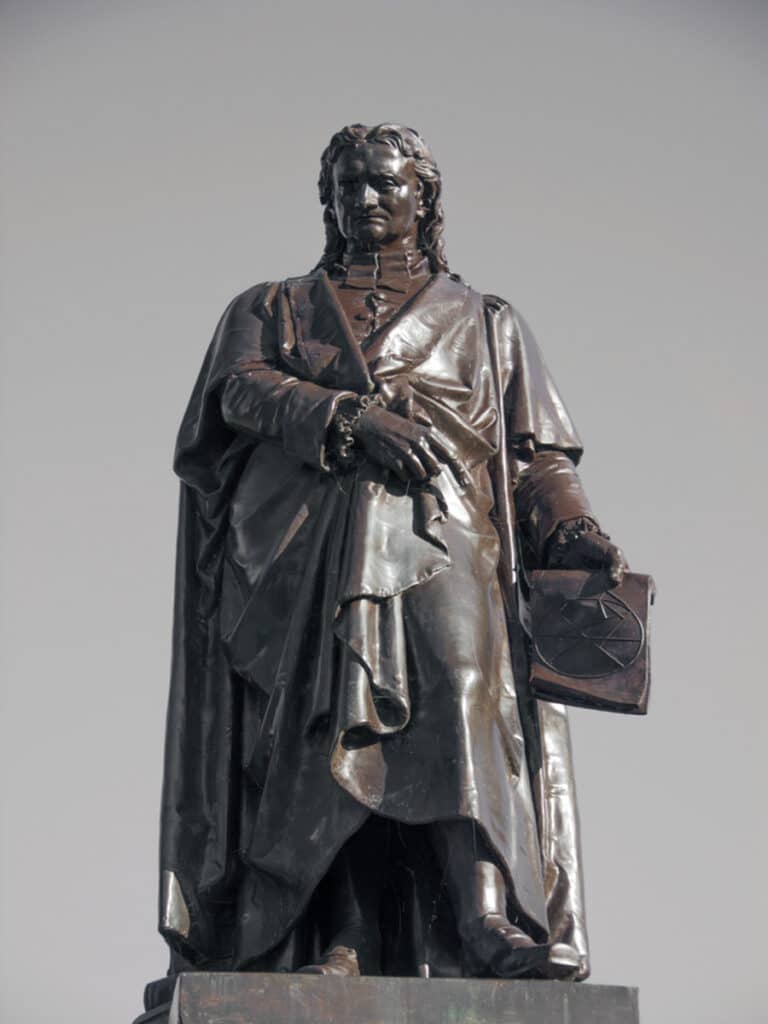
When it comes to people buried in Westminster Abbey, Sir Isaac Newton might just be the most famous – he was one of the most influential mathematicians and scientists of all time.
He’s most well-known for his part in developing the laws of motion, gravitational pull, planetary motion, optics, and calculus. Among his many accolades is the naming after him of the unit of force in the International System of Units.
Newton became President of the Royal Society and was knighted by Queen Anne (also interred in the Abbey) in 1705 before passing away peacefully in 1727.
Charles Darwin
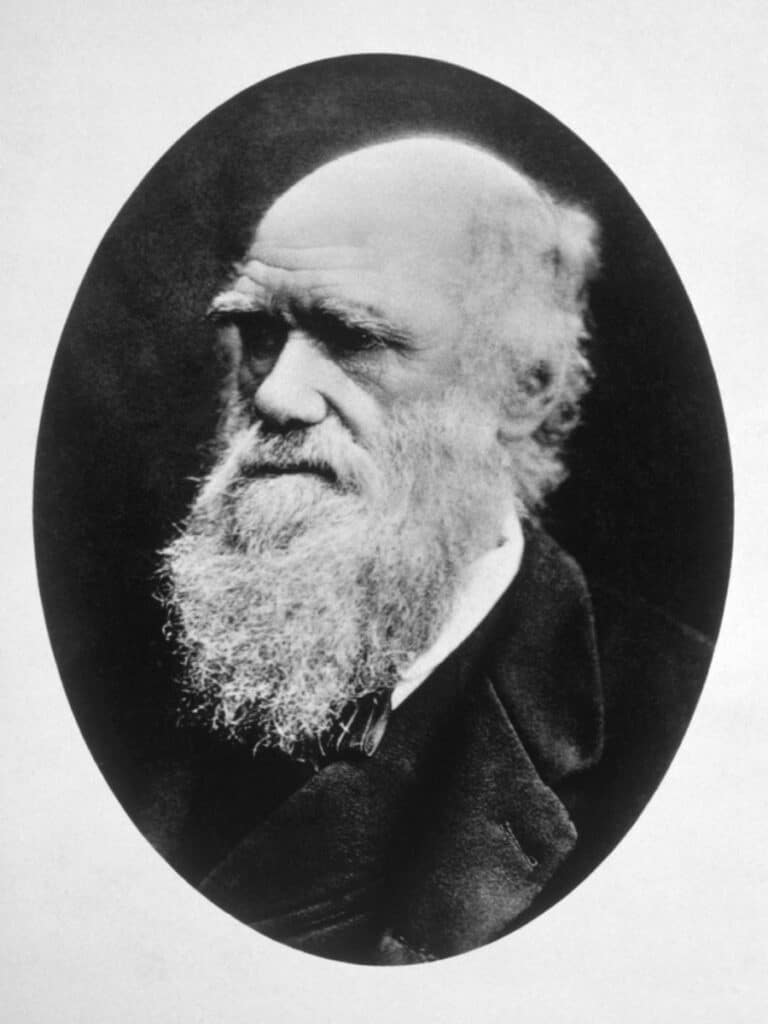
Darwin was a scientist of equal influence to Newton some 150 years later with his ground-breaking On the Origin of Species. His work contributed to the theory of scientific evolution with his idea of natural selection.
He died from heart disease in 1882 at Down House at 73. After a petition from the public and Royal Society colleagues, he was honoured with burial in Westminster Abbey.
Stephen Hawking
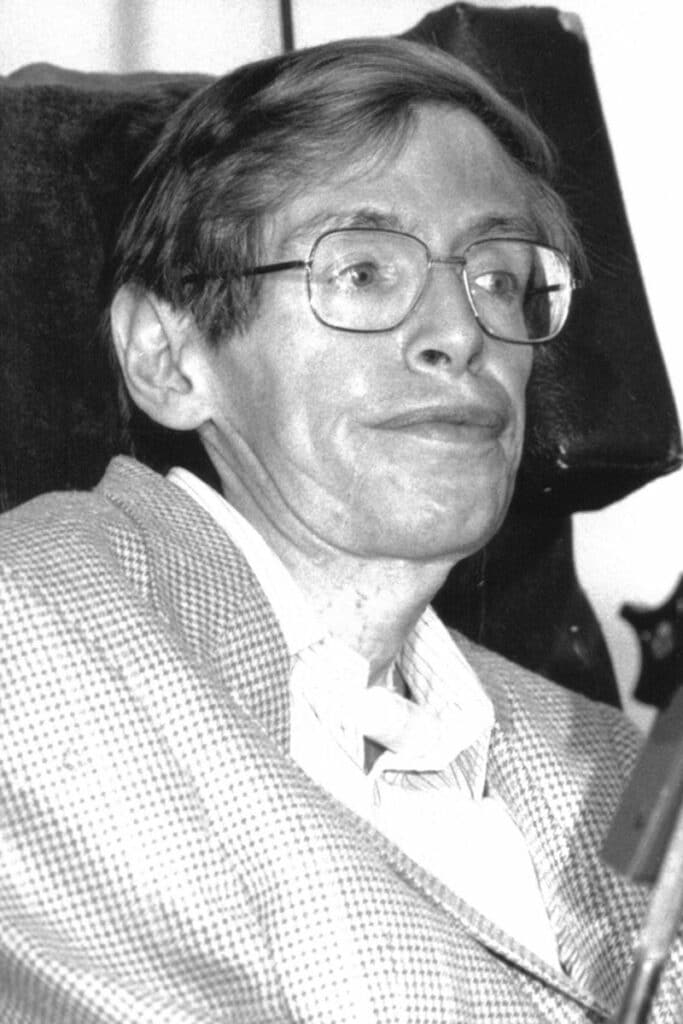
Continuing on with the scientist theme, Stephen Hawking established himself as one of the 20th Century’s leading scientists, with theorems around relativity and cosmology. His book A Brief History of Time broke records, appearing on the Sunday Times bestseller list for 237 weeks.
After being diagnosed with Motor Neurone disease in his mid-20s, Hawking passed away in 2018 with his ashes interred in the Abbey’s nave between the graves of Newton and Darwin following a service of thanksgiving. Quite fitting, we think.
Clement Atlee M.P.
Clement Atlee became Britain’s first post-World War II Prime Minister after winning the 1945 general election, shortly before the defeat of Japan in the Pacific. In fact, he was responsible for leading the first Labour majority government in British history.
His achievements include establishing the welfare state with the National Insurance Act of 1946 and the establishment of the NHS in 1948. Other accomplishments include the introduction of National Parks and the New Towns Act in 1946.
His death in 1964 led to his ashes resting in the confines of the Abbey.
Geoffrey Chaucer
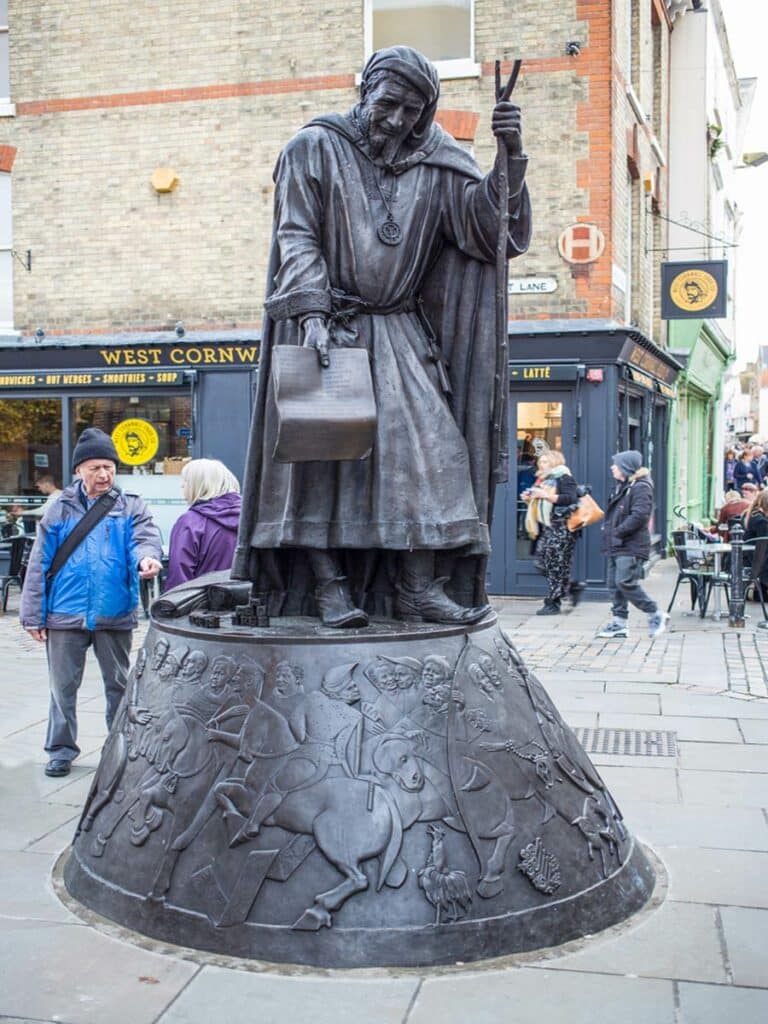
Thought of by many as the father of English literature, Geoffrey Chaucer became the first poet to be buried in Westminster Abbey.
Interred in what is now “Poet’s Corner”, the final resting place for many of his successors, Chaucer’s influence remains strong in English literary circles, with The Canterbury Tales still studied in schools more than 600 years after his death.
The cause of Chaucer’s death in 1400 is unknown. Though speculation remains that he was murdered by enemies of King Richard II, for whom Chaucer worked, before being interred in the Abbey.
Aphra Behn
Considering the hyper-patriarchal nature of English society in the present day, never mind the 17th Century, Aphra Behn’s internment in Westminster Abbey is surprising. She was a playwright, poet, and translator during the 1600s, becoming one of the first English women to make a breakthrough into the literary world.
To add to her kick-ass personality that broke down barriers and led the way for women to come, Charles II even employed Behn as a spy.
Following her death in 1689, her remains rest in the Abbey’s East Cloister.
Dr. Samuel Johnson
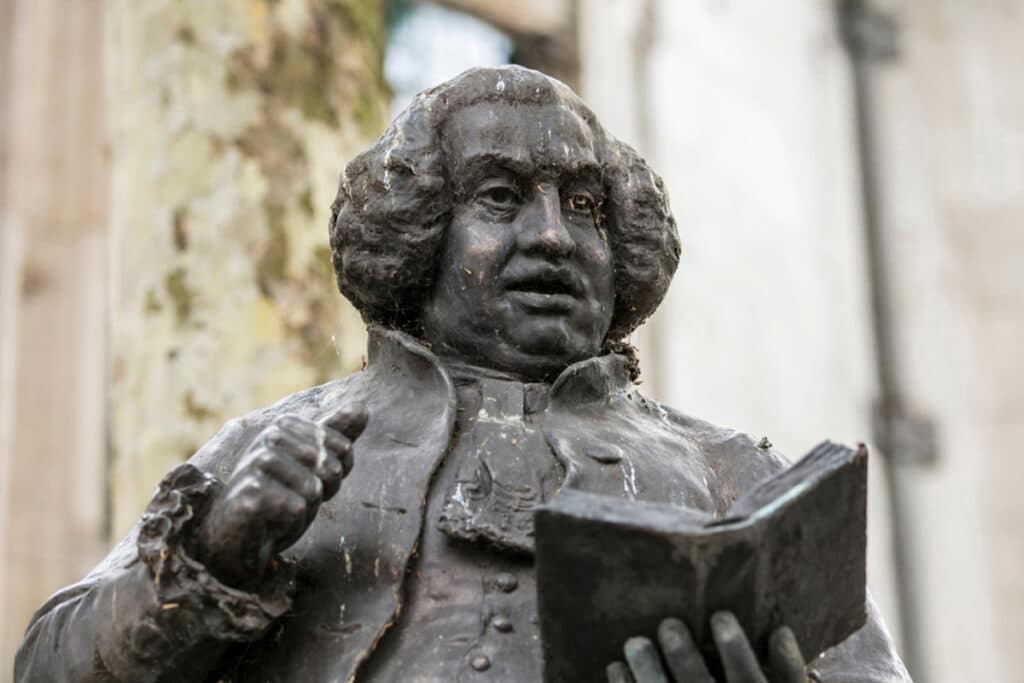
Best known for his work in compiling The Dictionary of the English Language, first published in 1755 after nine years of painstaking research and work, Dr. Johnson was one of the most influential writers in the history of the English language.
It wasn’t until the release of the Oxford English Dictionary at the turn of the 20th Century that Johnson’s work was usurped as the primary resource for studying the English language.
Johnson died in 1784 at 75 following a period of illness and has laid in rest at Westminster Abbey ever since.
Neville Chamberlain M.P.
History hasn’t been especially kind to Neville Chamberlain, who was Prime Minister of the UK for three of the most turbulent years in European history between 1937 and 1940.
Judged harshly for his pursuit of the policy of appeasement of Hitler and Mussolini in the late 1930s, his attempts to avoid war were unsuccessful. Chamberlain left office on the day of the Nazi invasion of France in May 1940 to be succeeded by Winston Churchill.
Chamberlain died six months later from cancer before being buried in the Abbey.
The Unknown Soldier
Although several bodies are lying under the floor way of Westminster Abbey, only one grave is off-limits to visitors’ footsteps, and that is the resting place of the Unknown Soldier.
Perhaps one of the most baffling burials of all time, the identification of the remains that were gathered from the battlefields of the Western Front are unknown. They were interred on the second anniversary of the armistice in World War I on 11th November 1920.
A Brief History of Westminster Abbey
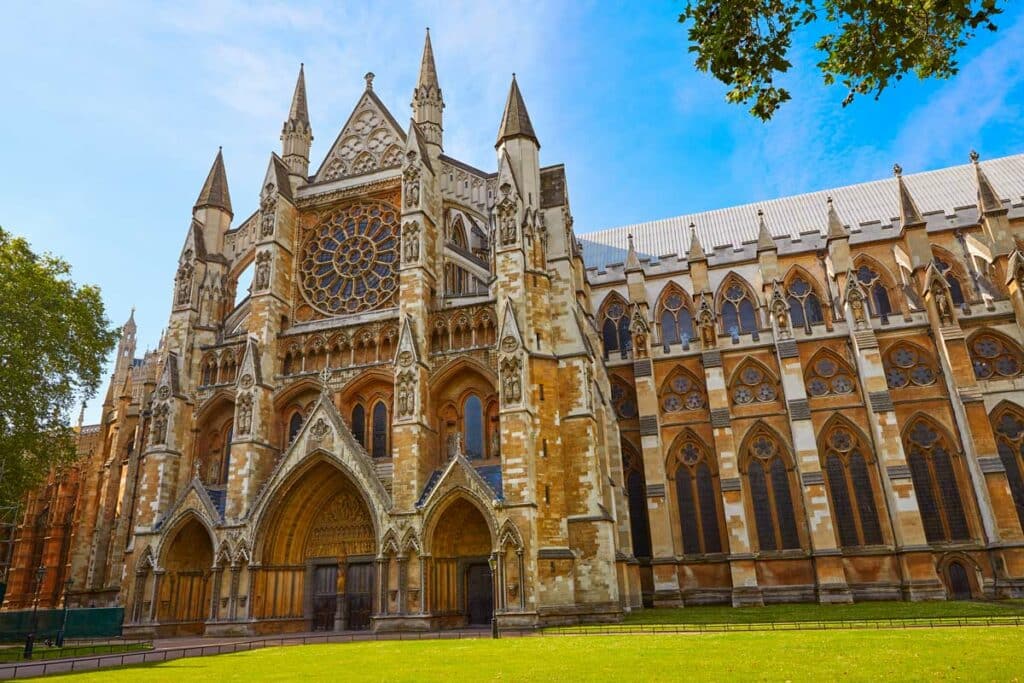
The roll call of those buried at the Abbey has been a magnet for visitors for centuries – something that continues to this day, with poets, actors, politicians, scientists, and musicians joining seven centuries worth of regal inhabitants beneath the Abbey’s famous floors.
As we’ve already touched upon, Westminster Abbey was initially established during the reign of Edward the Confessor and consecrated in December 1065. Unfortunately, Edward was too ill to attend and died shortly afterward.
Today’s imposing building dates primarily from between the 13th and 16th centuries as it underwent several developments and rebuilds. It has been the setting for every English Coronation since 1066 and no fewer than 16 royal weddings, most recently that of Prince William and Princess Catherine.
The Abbey’s primary function as a church remains today. A daily pattern of worship occurs in the Abbey’s exquisite surroundings, with the Very Reverend Dr. David Hoyle, Dean of Westminster, often presiding.
As well as hosting royal events, regular special services of thanksgiving and remembrance take place at the Abbey, including annual services of thanksgiving to mark victory in the Battle of Britain for members of the judiciary before the start of each legal year, and to mark Commonwealth Day.
In 2010, the recently passed Pope Benedict XVI became the first Pope to visit the Abbey.
Westminster Abbey Burials: Practical Information and Map
Westminster Abbey stands majestically opposite the Palace of Westminster, a short walk from St James’ Park and Westminster Underground stations.
The Abbey is open at the following times for general admission:
Mon: 9:30 am to 3:30 pm
Tue to Fri: 10 am to 3:30 pm
Sat: 9 am to 3 pm
Sun: Closed
Tickets prices for general admission are:
Adults: £27
Concessions: £24 (Adults 65+ and Students)
Children: £12 (6-17 years)
Child: Free (0-5 years)

